Small forex fire is extinguished with ample water
Though it seemed like the dollar hunt resumed last week, the situation now appears under control.
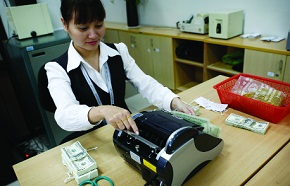 US dollars are slowly becoming hot property again |
With the official exchange rate announced daily by the State Bank was at VND18,544 per dollar across the last three months, local forex traders are allowed to trade the greenback within 3 per cent on either side of the official rate. This means that the highest rate should be VND19,100 per dollar.
By end of last week, on the banking system, local lenders traded the greenback at VND19,050 per dollar, in contrast to VND19,130 per dollar on the unofficial market.
Vo Thi Sanh, vice head of BIDV’s treasury market department, admitted that the buying demand from corporate customers had surged last week.
“Thus, banks had to lift dollar buying and selling prices. However, with adequate forex supplies, exchange rates will return to normal shortly. On the unofficial market, I think that the banks’ higher trading exchange rates have encouraged traders to lift rates in tandem,” said Sanh.
Dollar inflows are improving steadily. According to a Ministry of Planning and Investment report, remittance flows amounted to $3.6 billion in the first half of 2010, versus $2.8 billion in the first half of 2009.
Meanwhile, disbursed foreign direct investments (FDI) reached $5.4 billion in the first half, 6 per cent higher than in 2009.
According to Tai Hui, Standard Chartered’s head of research for South East Asia, the combination of stable trade deficit and improving inflows should bode well for currency stability.
Earlier in May, comments by the International Monetary Fund (IMF) that the level of foreign exchange reserves had fallen to seven weeks’ worth of imports shocked the market. The State Bank later clarified that the foreign exchange reserve should be nine weeks’ worth of imports and that they were aiming to raise this to 12 weeks by the end of the year.
“With the government not disclosing reserve data, it is difficult to pinpoint the exact trend, but the improvement in the balance of payment dynamics should help to increase the country’s resilience to external payment stresses,” Hui added. Vietnam’s trade deficit in the first half of 2010 stands at $6.7 billion, much higher than $2.1 billion in the first half of 2009.
“The dramatic difference was partly due to some large one-off exports of precious metals in 2009. The improvements in export growth and the slowdown in import growth have helped keep the country’s deficit stable. After the first half of the year, Vietnam’s performance is largely in line with our full-year trade deficit forecast of $13 billion,” said Hui.
What the stars mean:
★ Poor ★ ★ Promising ★★★ Good ★★★★ Very good ★★★★★ Exceptional
Latest News
More News
- Vietnam - a success story in development path: WB Vice President (November 26, 2024 | 10:10)
- Agribank outlines obligation towards ESG-friendly policies (November 25, 2024 | 15:00)
- Integration of ESG criteria at SHB propels bank forward (November 25, 2024 | 14:44)
- Considerations to be made in light of US vote outcome (November 25, 2024 | 14:00)
- HDBank in triple victory at listed company awards (November 25, 2024 | 11:38)
- Malaysia's Solarvest and Finhero launch first solar financing fintech solution in Vietnam (November 22, 2024 | 19:50)
- SHB honoured at VLCAs for fourth time (November 22, 2024 | 19:08)
- Central Bank of Cuba chief visits Hanoi to work with VBSP (November 22, 2024 | 15:49)
- Credit sees steady growth towards year-end (November 21, 2024 | 17:46)
- HDBank wins three titles at Vietnam Listed Company Awards (November 21, 2024 | 10:01)




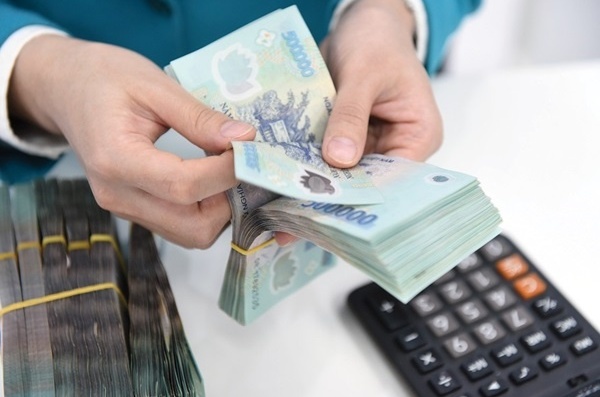


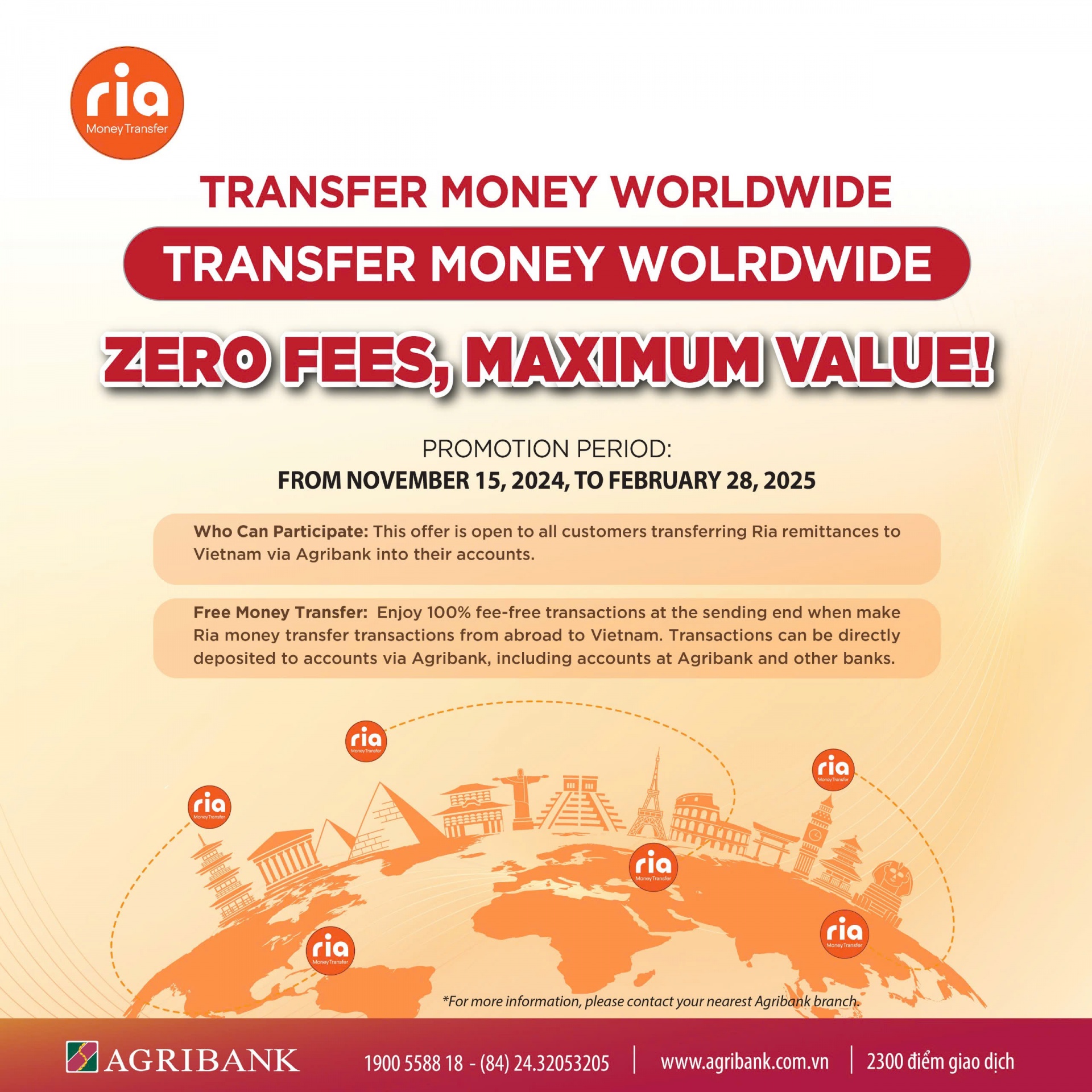
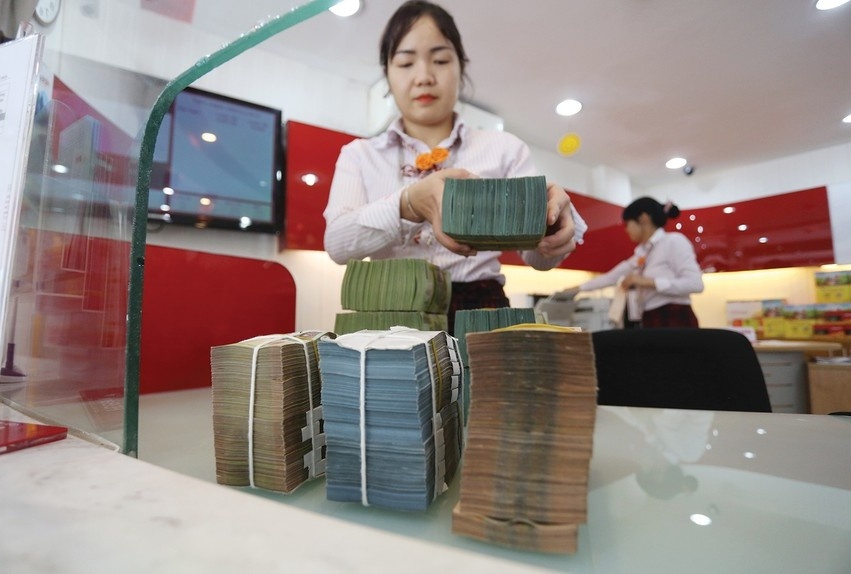




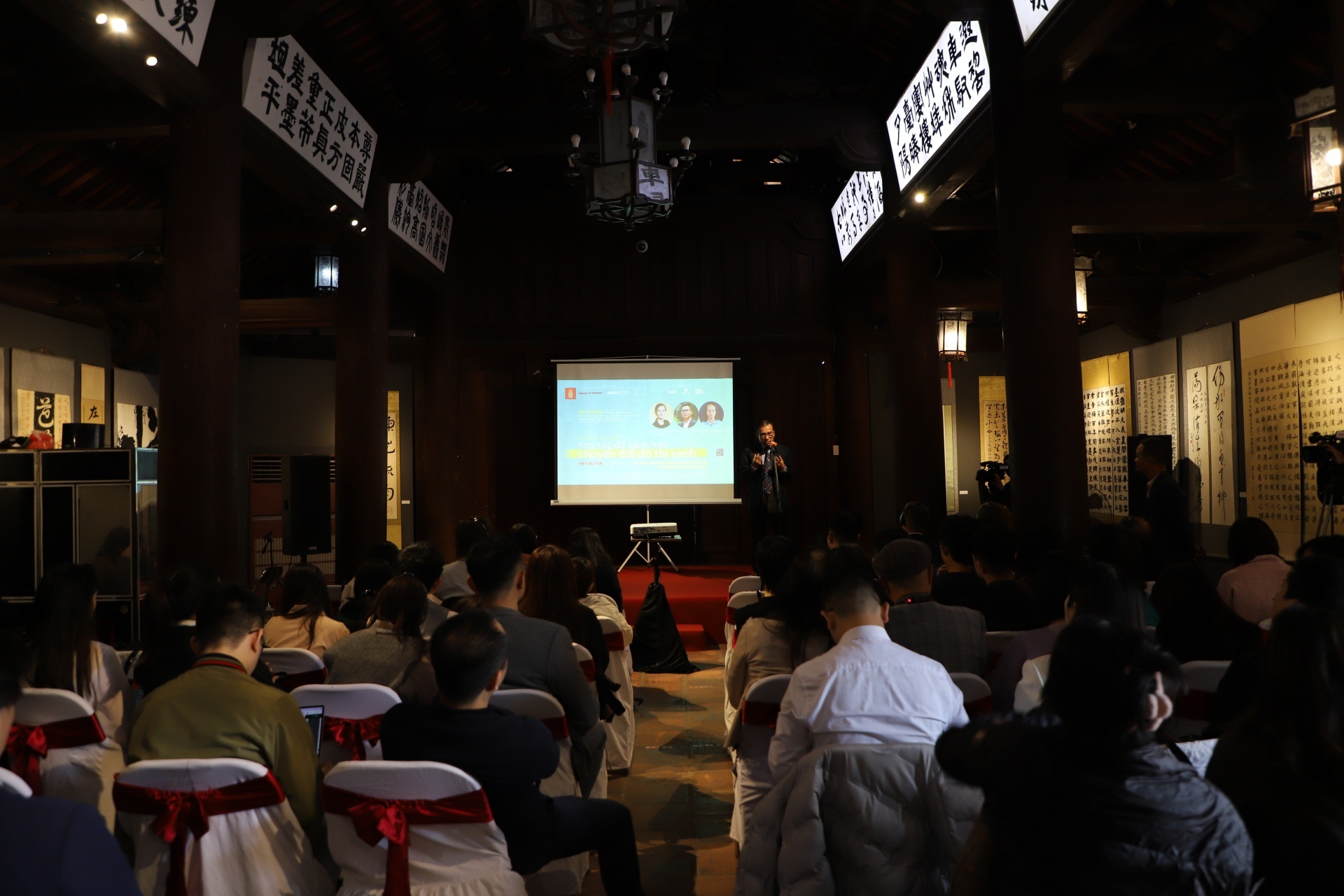






 Mobile Version
Mobile Version